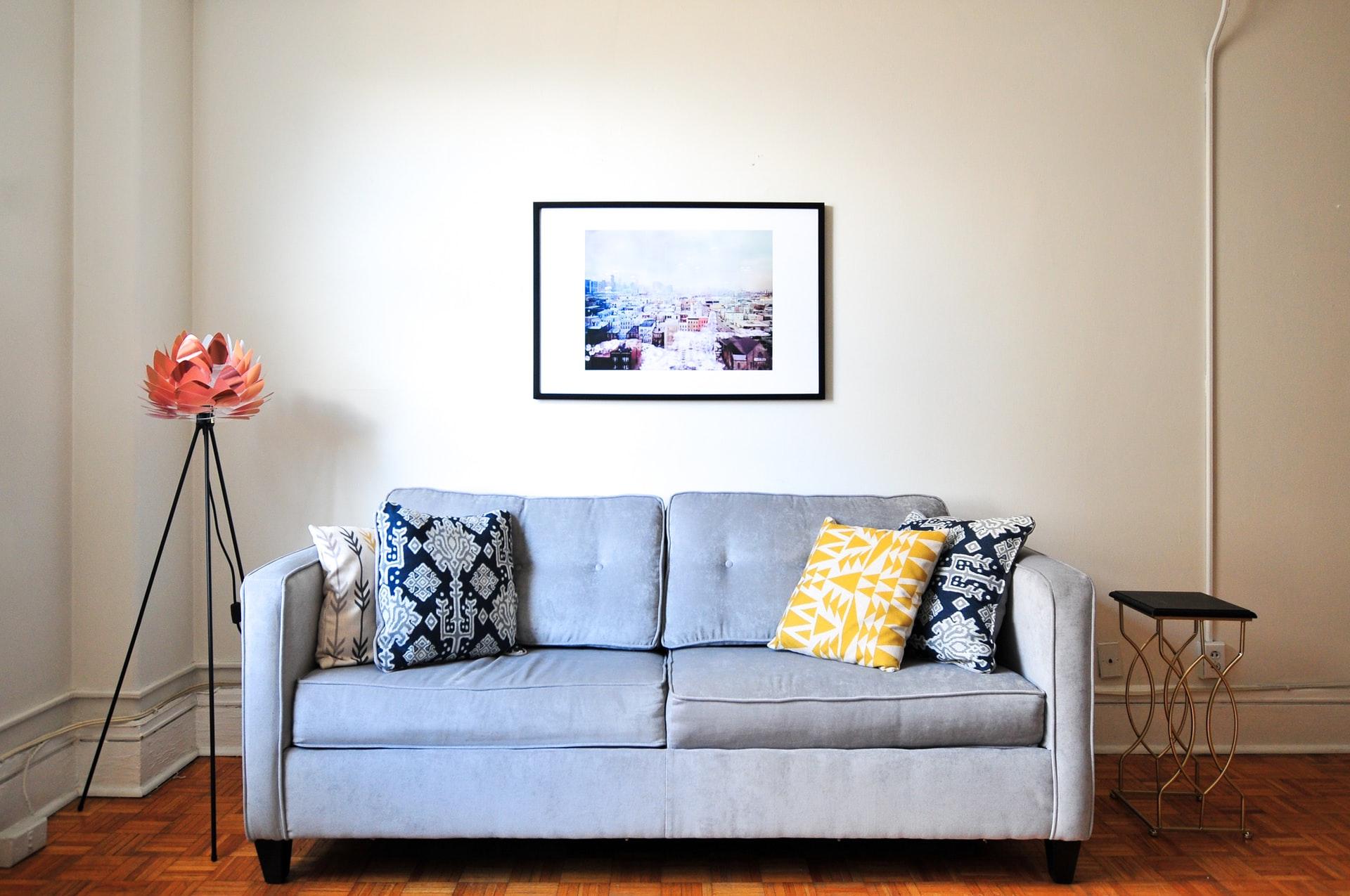5 Tips For Painting A Room Faster And More Efficiently
A fresh coat of paint can transform a room more quickly than anything else. Paint is a true wonder worker! No matter what my long-term design goals are, the first thing house painters san diego do in a room is paint it. It is the most cost-effective way to transform an area in less than a day. If you’re a newbie painter, try these 5 easy strategies for painting a room quickly for a dramatic change!

How to Paint a Room Quickly in 5 Easy Steps
My daughter recently wanted to make a quick change to her room. We loved the wallpapered aesthetic of her room, which was one of the first rooms we refurbished when we moved here.
- Before painting, a little girl’s room.
Despite the fact that we both liked the wallpaper, she had ripped a part of it. I opted to only remove the bottom half of the wallpaper and give it a fresh coat of paint in the colour of her choice because she was ready for additional colour.
- A girl’s room with wallpapered walls.
Because so many of my readers are new to DIY, I thought this would be the ideal time to show you how to paint a room in 5 easy steps! I’ve put together a full video of the painting process on YouTube. Continue reading for more painting advice!
- MATERIALS FOR PAINTING
Below are some of my favourite painting supplies. Different people have different preferences, but these have proven to be the most effective for me!
- Drop Cloths with Painter’s Tape
- This paint brush has an angled handle and a short handle (it’s the greatest!).
- Rollers of excellent quality
- Handle for the roller
- Stir with the stick
- Opener for cans
- Tray for painting
- Tray liners for painting (or, when in a pinch you can use plastic bags or tin foil)
- sandpaper spackle
- Knife for Putty (this set is a great value for the variety)
- Screwdrivers
- Primer’s Paint
1. GET RID OF OBSTACLES
Removing existing obstacles is the first step in painting a room. That required taking down the wallpaper in my instance. If possible, clear the room of furniture or move it out of the way to allow for easy access.
Remove all switch plates and outlet covers, as well as any obstructed window coverings and wall artwork.
2. PROTECT THE ENVIRONMENT
The next step is to shield your surfaces from paint splatter.
Use a contrasting hue in your painting.
To protect the floors from spatter, lay down plastic or drop cloths. Then, tape your window trim and mouldings to make it easy to cut in around the space. In the materials section, you’ll discover links to my favourite paint supplies.
Painter’s tape may not be necessary if you’ve gained more painting experience. I’ve cut in so many rooms now that I think I could do it blindfolded! I no longer use painter’s tape for trimming, although it is a great tool for novices.
3. IMPERFECTIONS IN THE PATCH AND SAND
After that, go over the entire room and fix and sand any flaws. Nail and screw holes, wall dents, and uneven surfaces are all examples of this.
Apply your spackle sparingly, let it dry completely, and then sand it smooth. If you have a really large hole to repair, you may need to repeat the procedure twice.
4. PRIMER
It’s time to prime once you’ve prepped your walls and safeguarded your surfaces. Most paints these days have both paint and primer in one, but that doesn’t mean you won’t need a primer at some point.
Primers are far less expensive than paint and will aid in the adhesion of your paint. They also assist in returning the colour to a blank slate, ensuring that the colour you select seems right and has the appropriate saturation in the end.
5. PAINT
Painting is the last phase! The painting is divided into two sections. Rolling and trimming, often known as cutting in or edging.
Begin by trimming the perimeter of the room. Window and door frames, corners, ceilings, and baseboards should all be trimmed.
